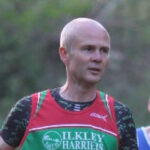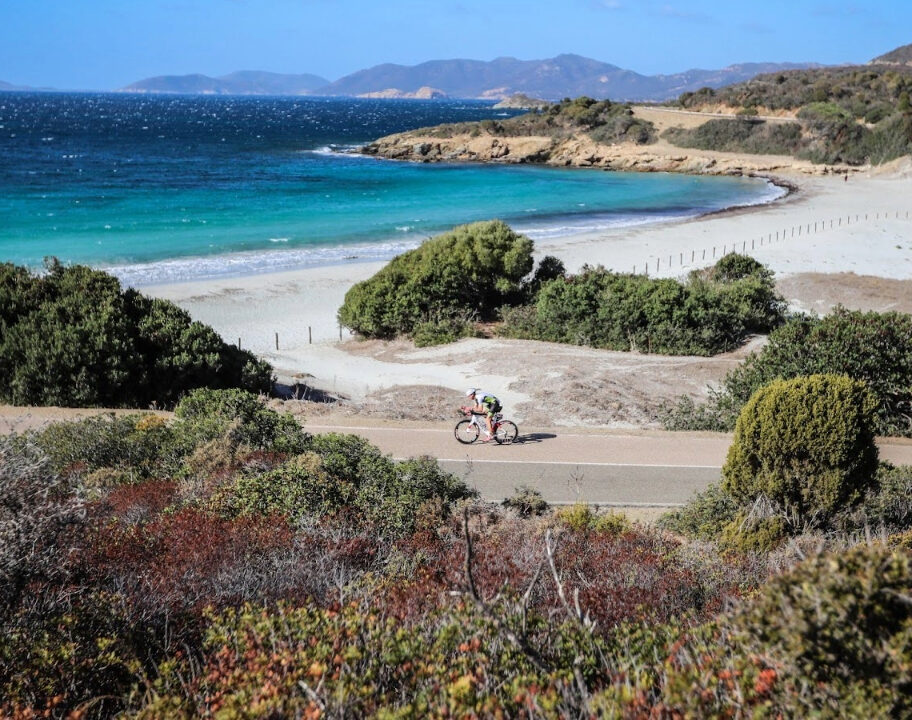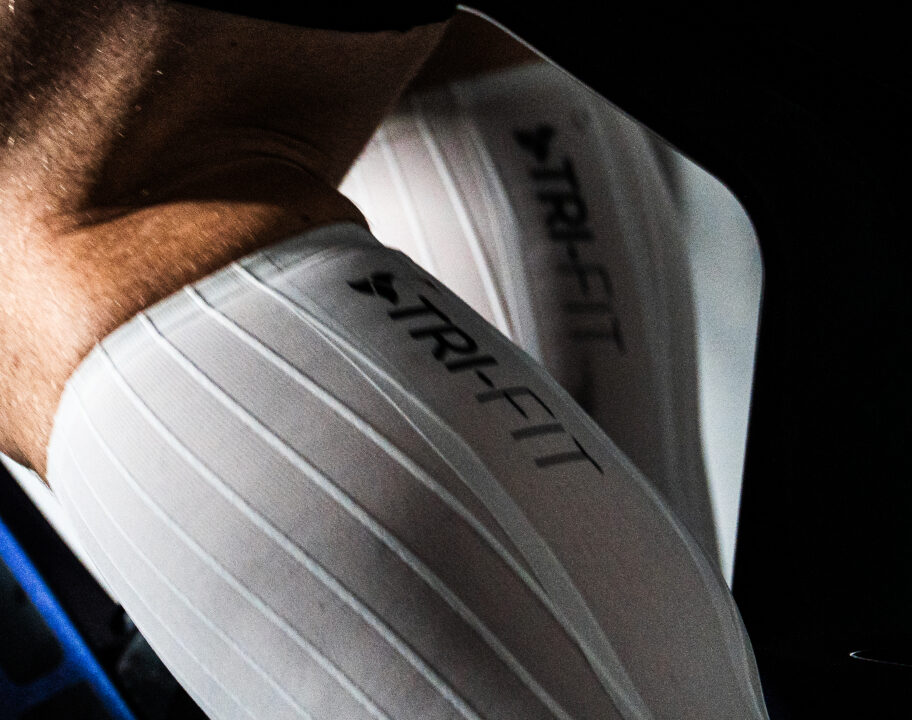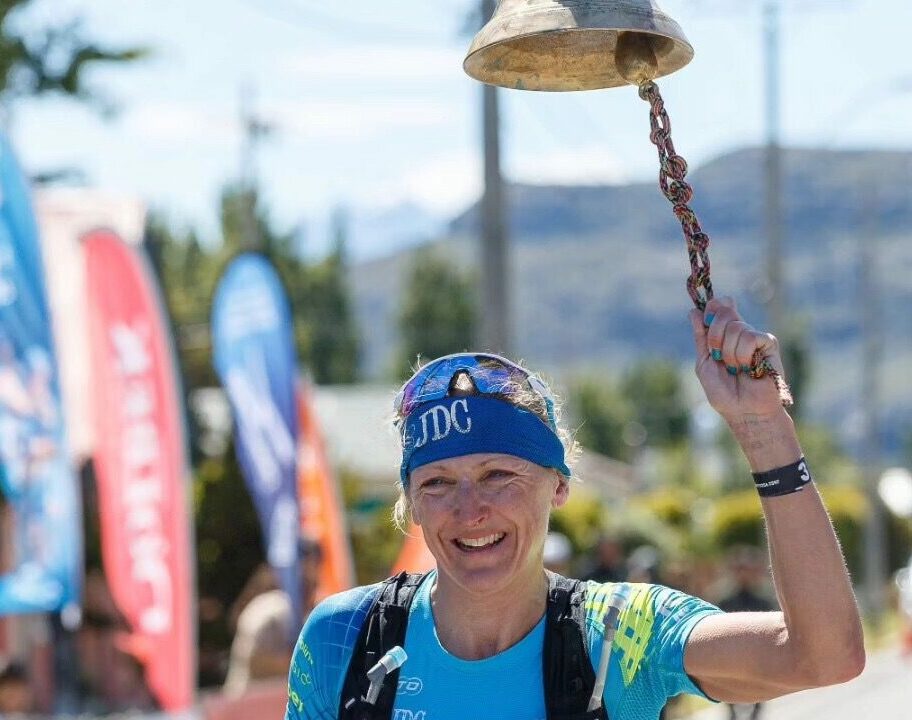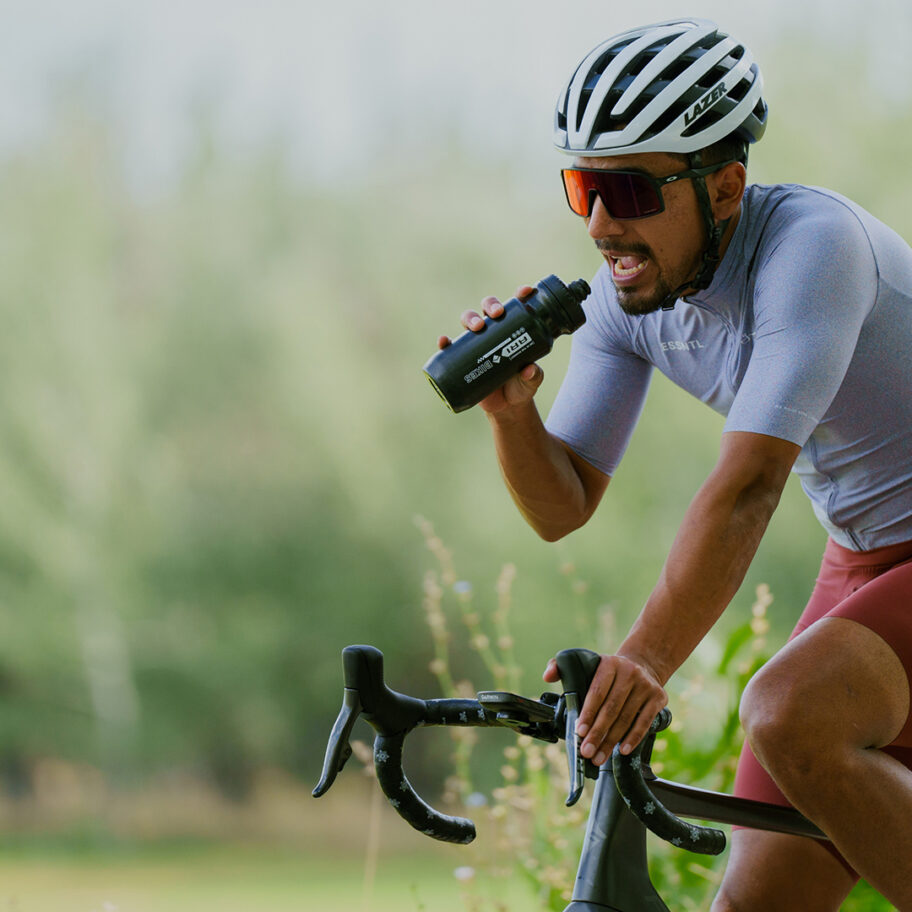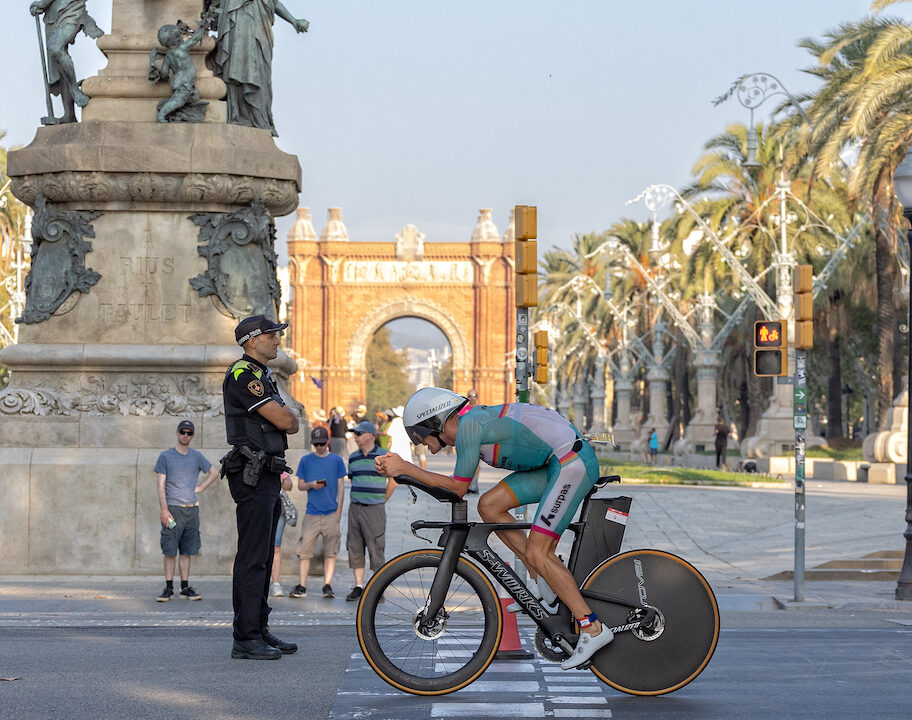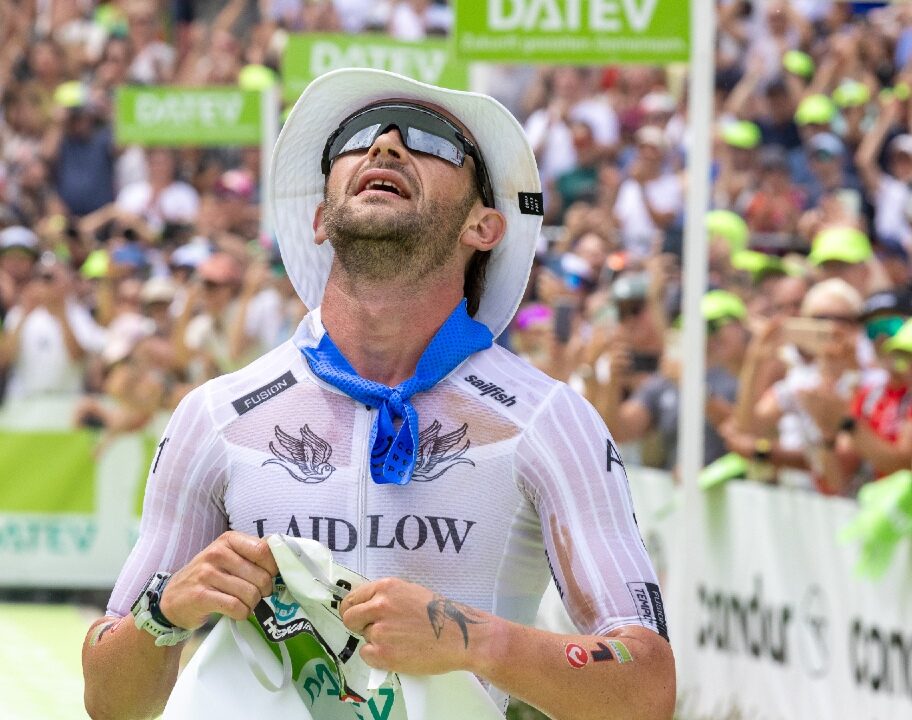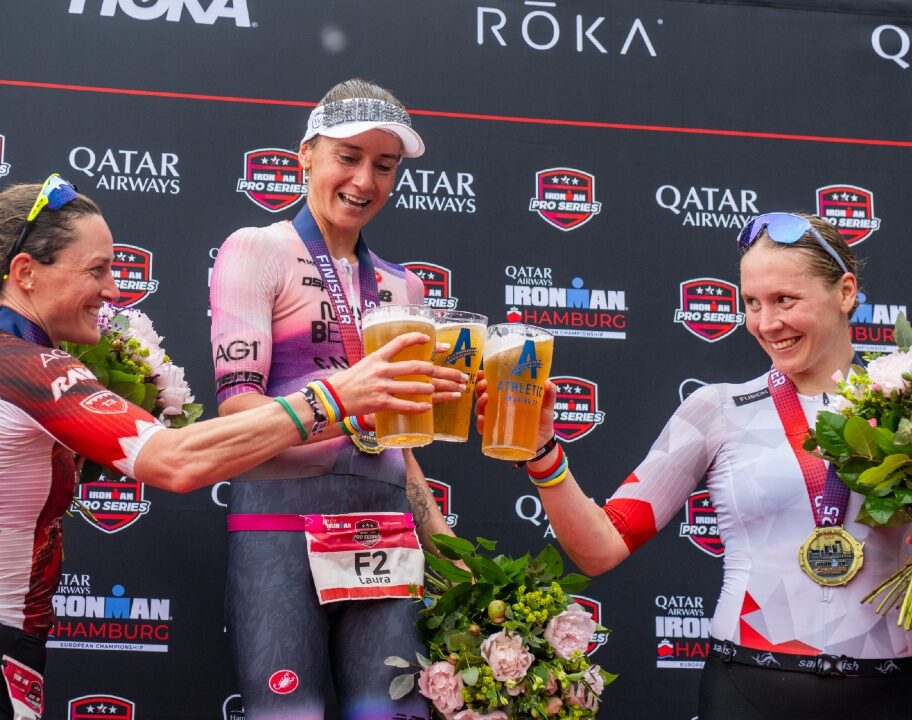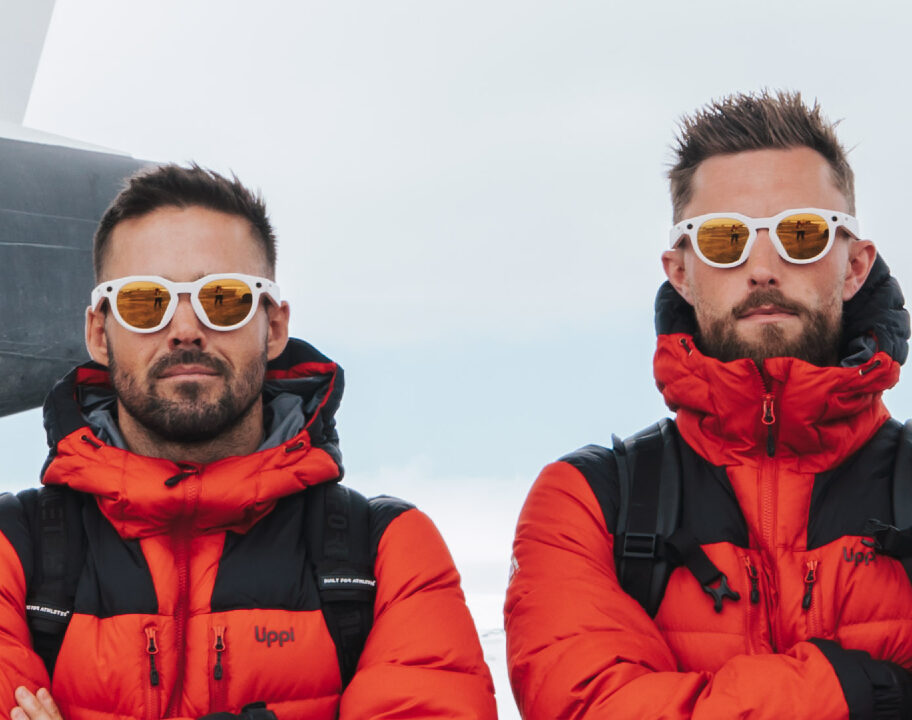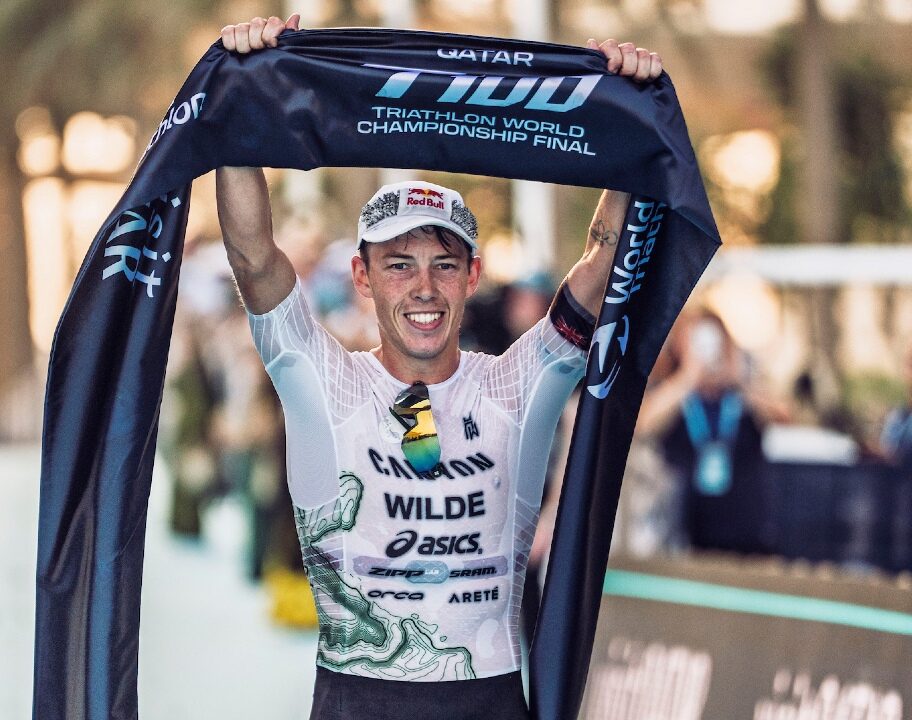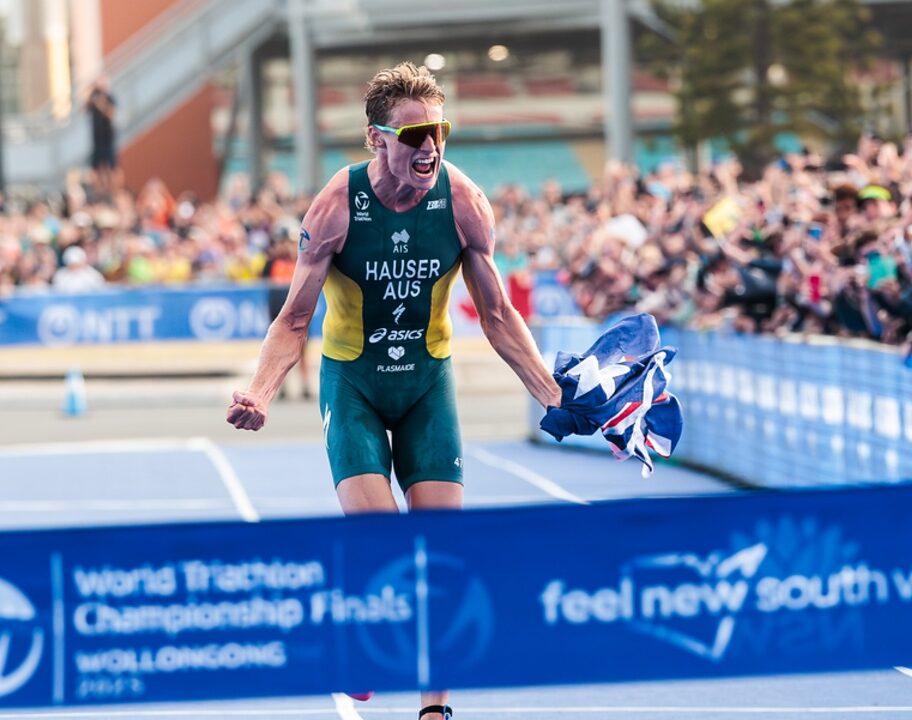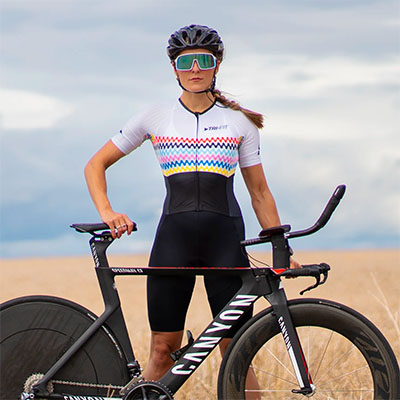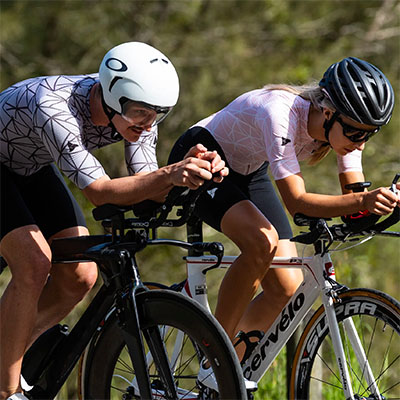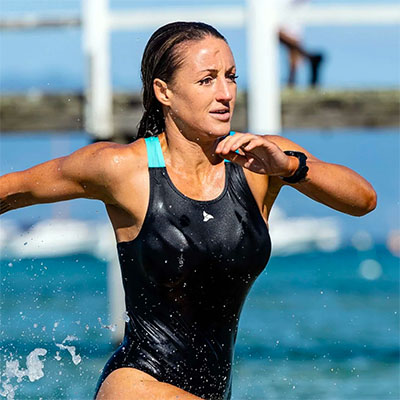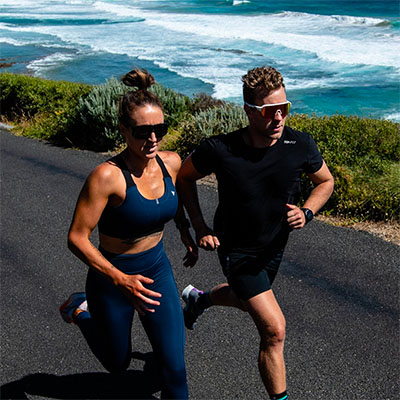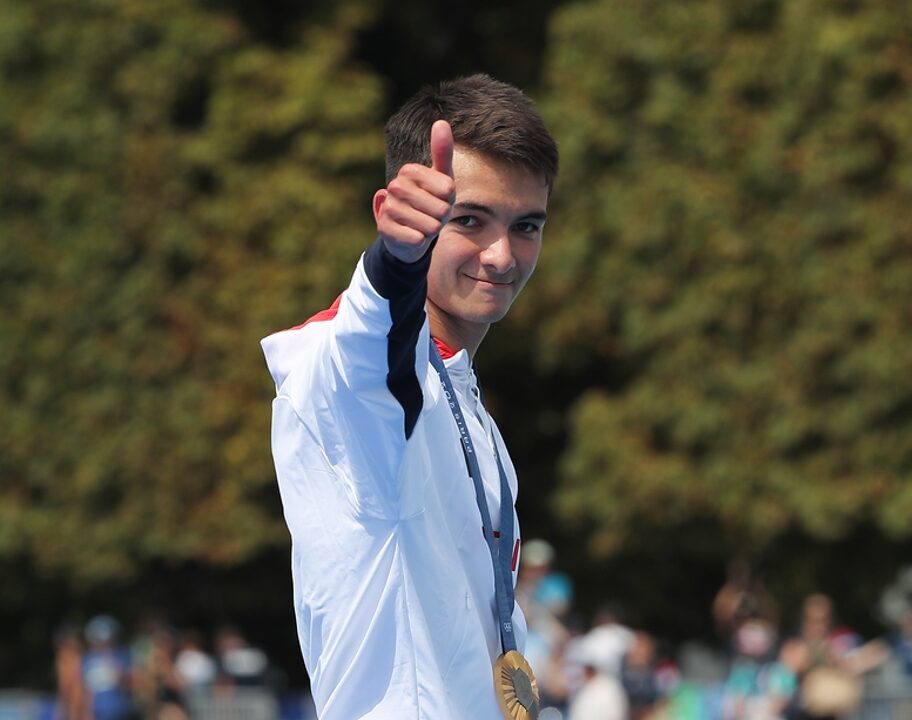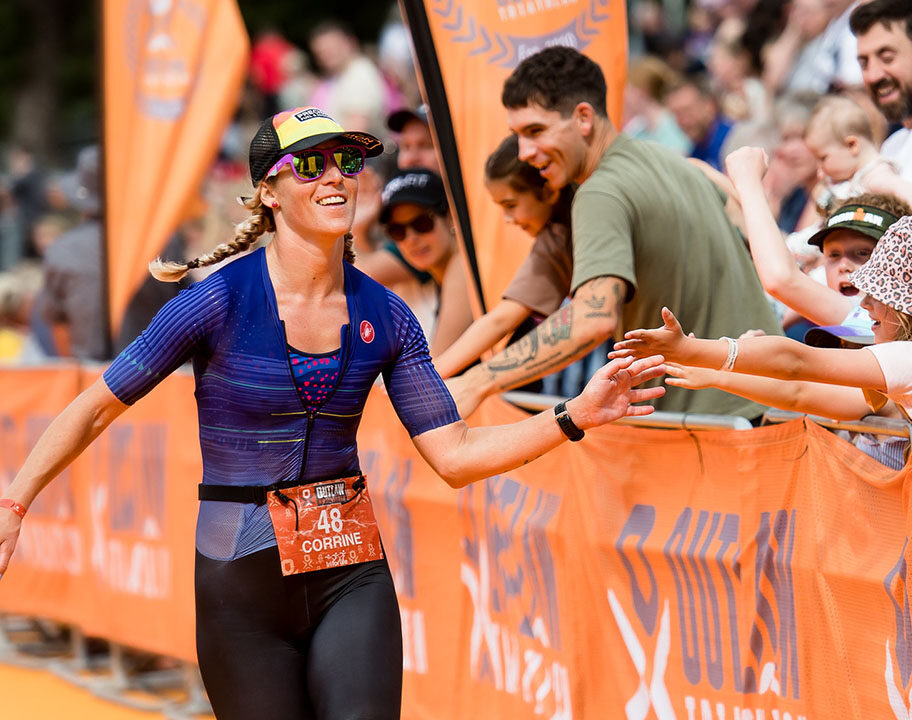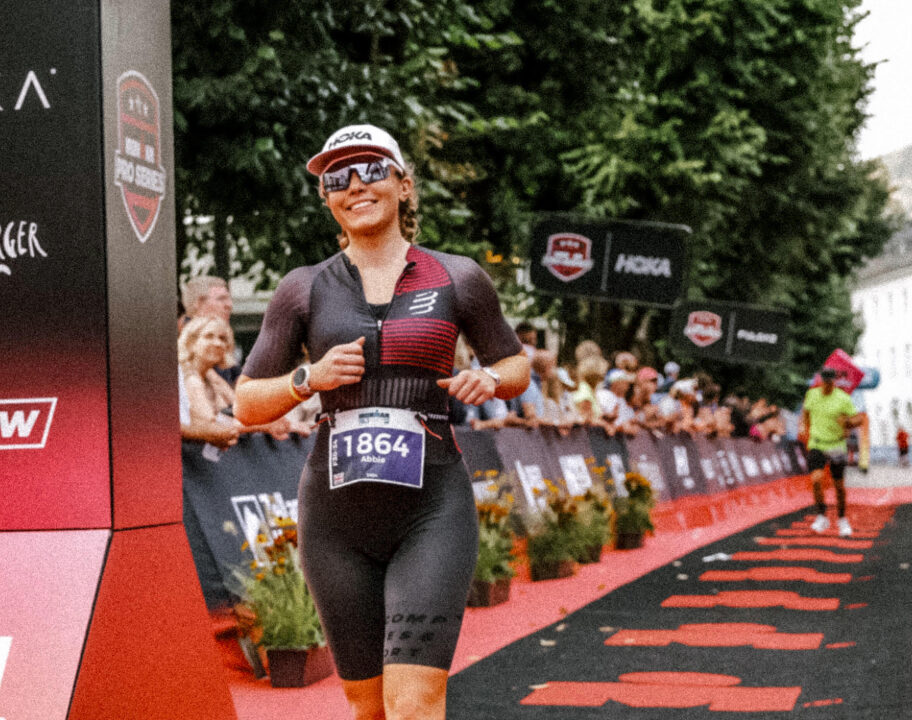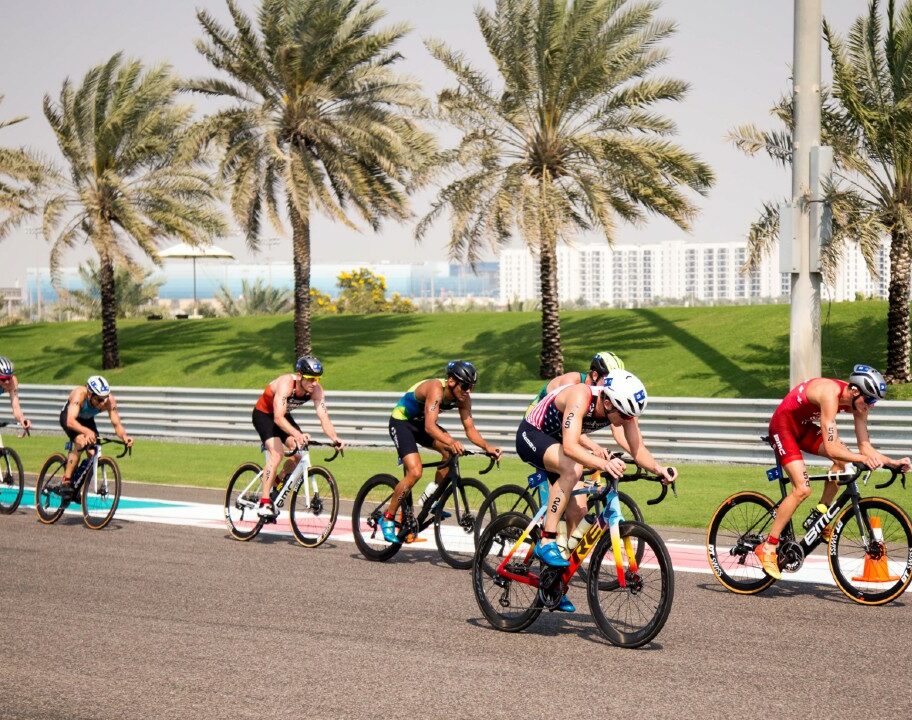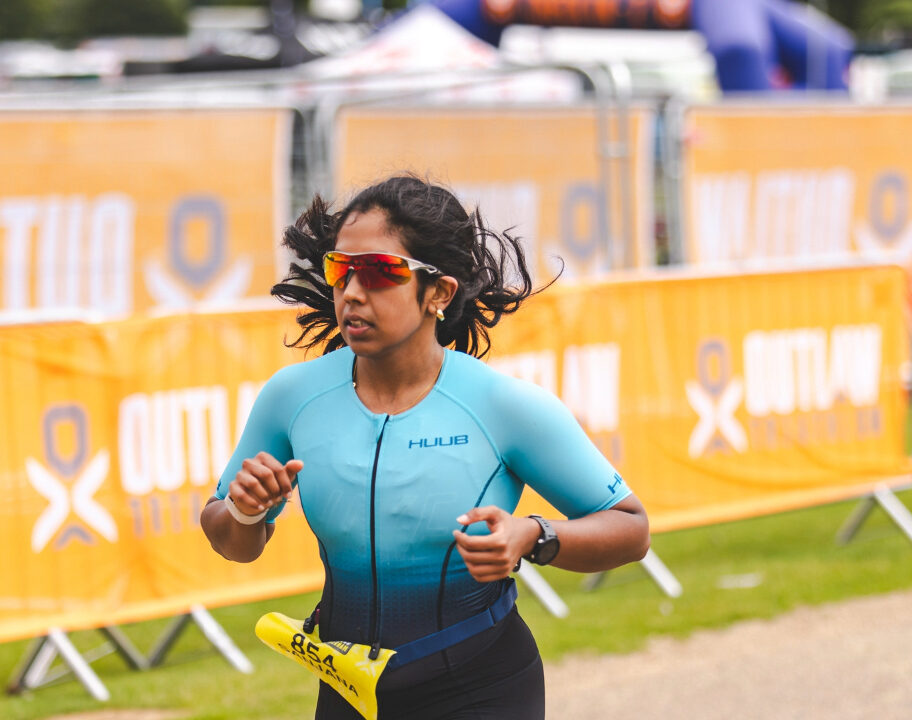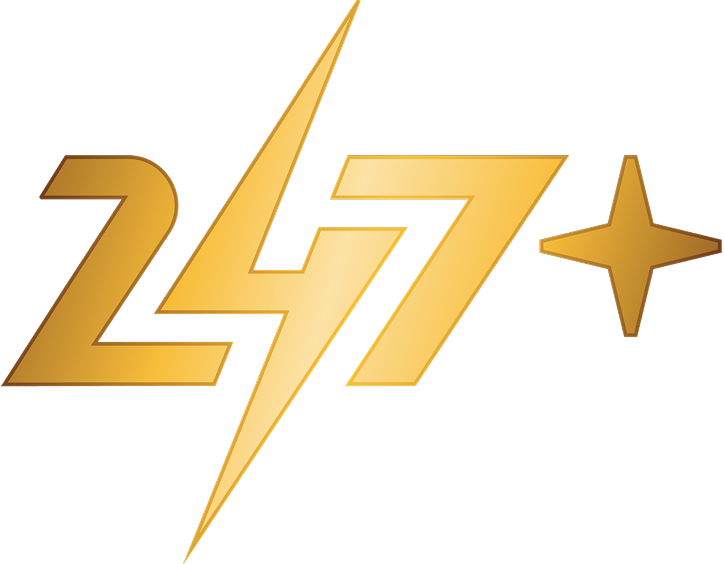The Professional Triathletes Organisation (PTO) have announced they will publish individual athlete RaceRanger data after each T100 race with immediate effect, starting with the French Riviera T100 races from 30 August.
Challenge Roth was the first race to do so after a suggestion from eventual winner Sam Laidlow, followed by a unanimous vote from his fellow athletes.
And in a survey of professionals who have competed on the T100 Triathlon World Tour this year, either as contracted athletes or wildcards, they all agreed to publish RaceRanger data publicly, which the PTO Athlete Board unanimously voted in support of.
Downward trend
Since the T100 series was introduced in March 2024, at the Miami T100 Triathlon, the PTO say the average time spent by all athletes within the 20 metre draft zone has shown a significant downward trend. From a men’s high of 4 minutes 52 seconds at the 2024 Singapore T100, to an average of just 39 seconds at last month’s men’s London T100. The women’s high mark was at the 2024 Ibiza T100 race, with an average per athlete of 2 mins 24 secs spent in the 20 meter draft zone, down to a low in London last month of 28 seconds.
The data from the T100 French Riviera races which has been released here shows the average time in the draft zone for women was 49 seconds, while for the men it was 1 min 34 secs.
The PTO were the first professional race organiser to introduce RaceRanger in 2023 at the PTO European Open in Ibiza as well as being one of the advocates for a 20 metre draft zone – IRONMAN races, including last weekend’s IRONMAN World Championship, remain at 12 metres despite athlete calls for it to be increased to 20 metres.
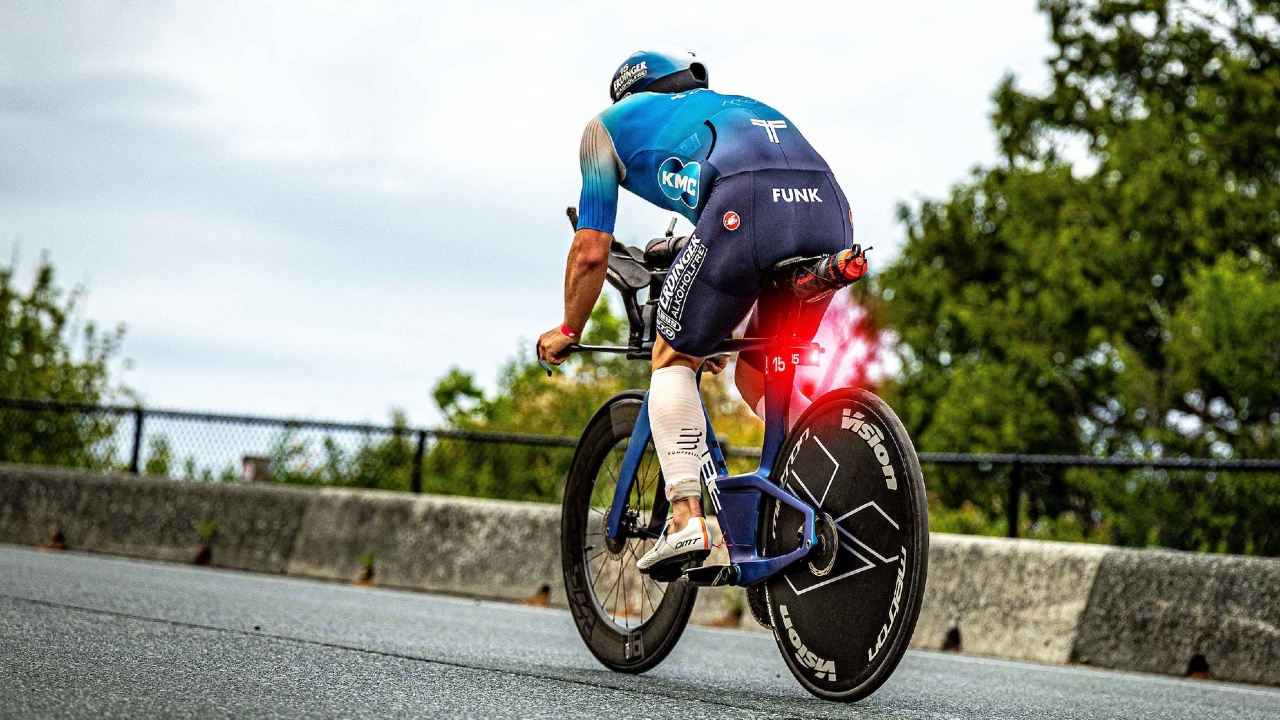
More innovations to come
Announcing their intent to publish athlete data from T100 races, the PTO Athlete Board said: “Using RaceRanger to help enforce the 20 metre draft zone, which our members passionately wanted, has been key to fairer racing at PTO events over the last 18 months.
“With the data showing a clear downward trend in drafting time, the decision to publish RaceRanger data is the next logical step. The new technology is clearly having a positive impact, which has also helped to create exciting and dynamic racing in PTO organised events.”
Former New Zealand professional and now Co-Founder and CEO of RaceRanger, James Elvery, who has been one of the driving forces behind the introduction of RaceRanger in professional triathlon, said: “The PTO were an early adopter of our system, and we’re pleased to see it has been having the desired effect.
“Releasing the data from T100 races will serve as a further encouragement for athletes to race as fairly as possible during the races. We are excited to support the PTO in this initiative and we look forward to bringing further exciting innovations to the sport in the coming months alongside the T100 series.”
PTO CEO Sam Renouf added: “The whole point of introducing RaceRanger was to regulate the 20 metre draft rule and create fairer racing. So when we looked at the data over the last 18 months it was encouraging to see the impact it was having. We’re proud of the fact that our races were the first to use the new technology, which is now being used by all the other race organisers and shows the benefits and opportunities of embracing new technologies to take our sport forward.”
The fine print
The PTO will aim to publish the individual athlete RaceRanger data from its T100 races within a week of them happening and say the intention is not to shame particular athletes but to provide transparency and drive behaviour change towards fairer racing.
While drafting is never ‘allowed’ certain courses featuring complex, technical sections mean draft time could be accumulated without any intent from the athlete. e.g. through aid stations or U-turns where the lead athlete will slow quickly creating an accordion effect for the following rider or riders. In these areas, it wouldn’t be fair to assess athletes for penalties. These ‘exclusion zones’ are communicated to athletes prior to the event and data from these sections is not included in the athletes’ report.
‘Yo-yo-ing’ meanwhile refers to athletes dipping into the red draft zone and backing out without overtaking. The rules communicated to athletes are clear – if they see a red light a pass should be completed.
Any time an athlete yo-yos, it contributes to their total reported drafting time. In live racing, yo-yos can happen without any ill intent from athletes due to sudden terrain changes (such as a downhill into an uphill) or corners that aren’t part of an ‘exclusion zone’. In those cases it’s up to the Technical Officials at the race to assess each situation, always looking for intent and penalising based on what they witness.

